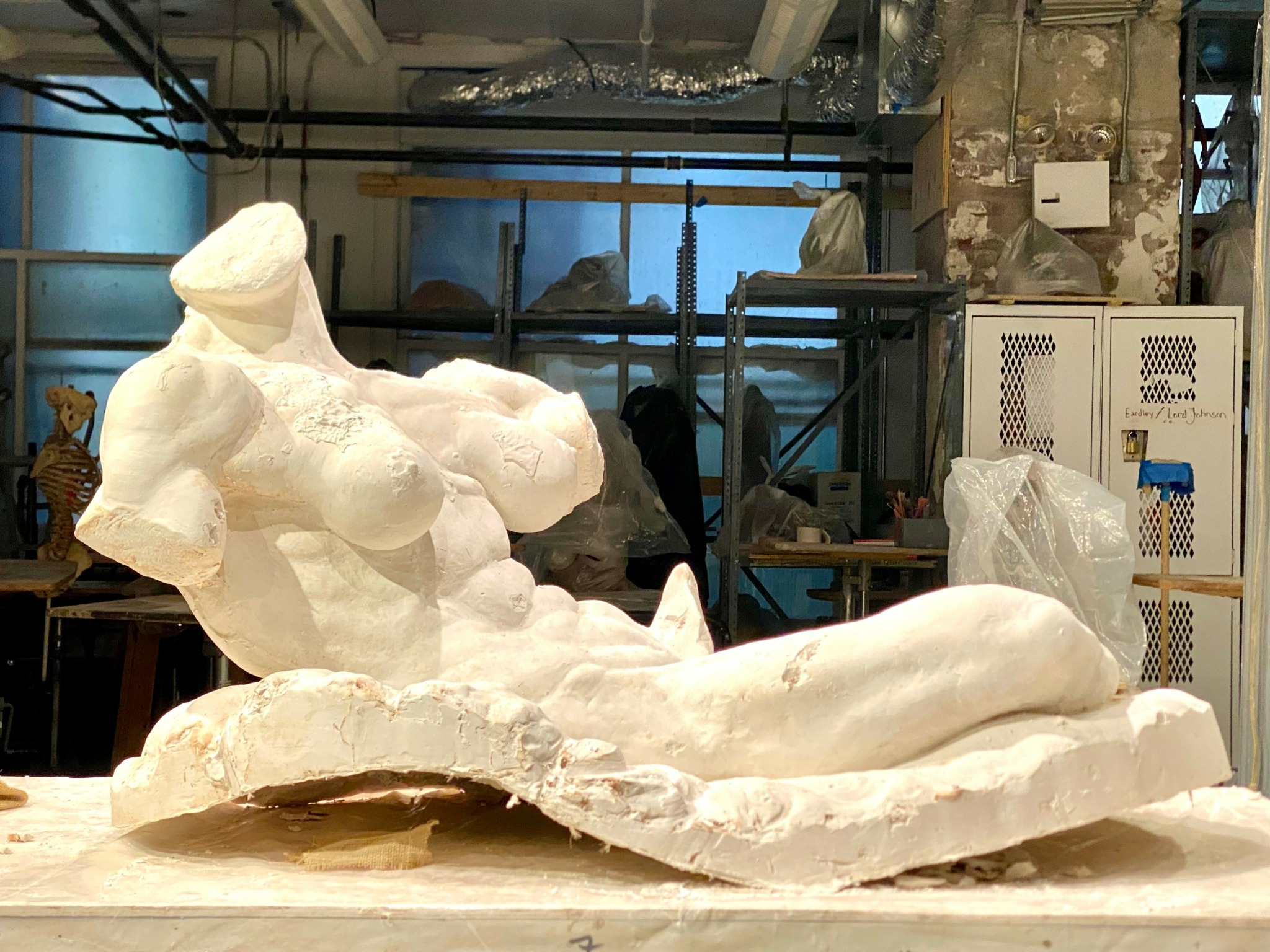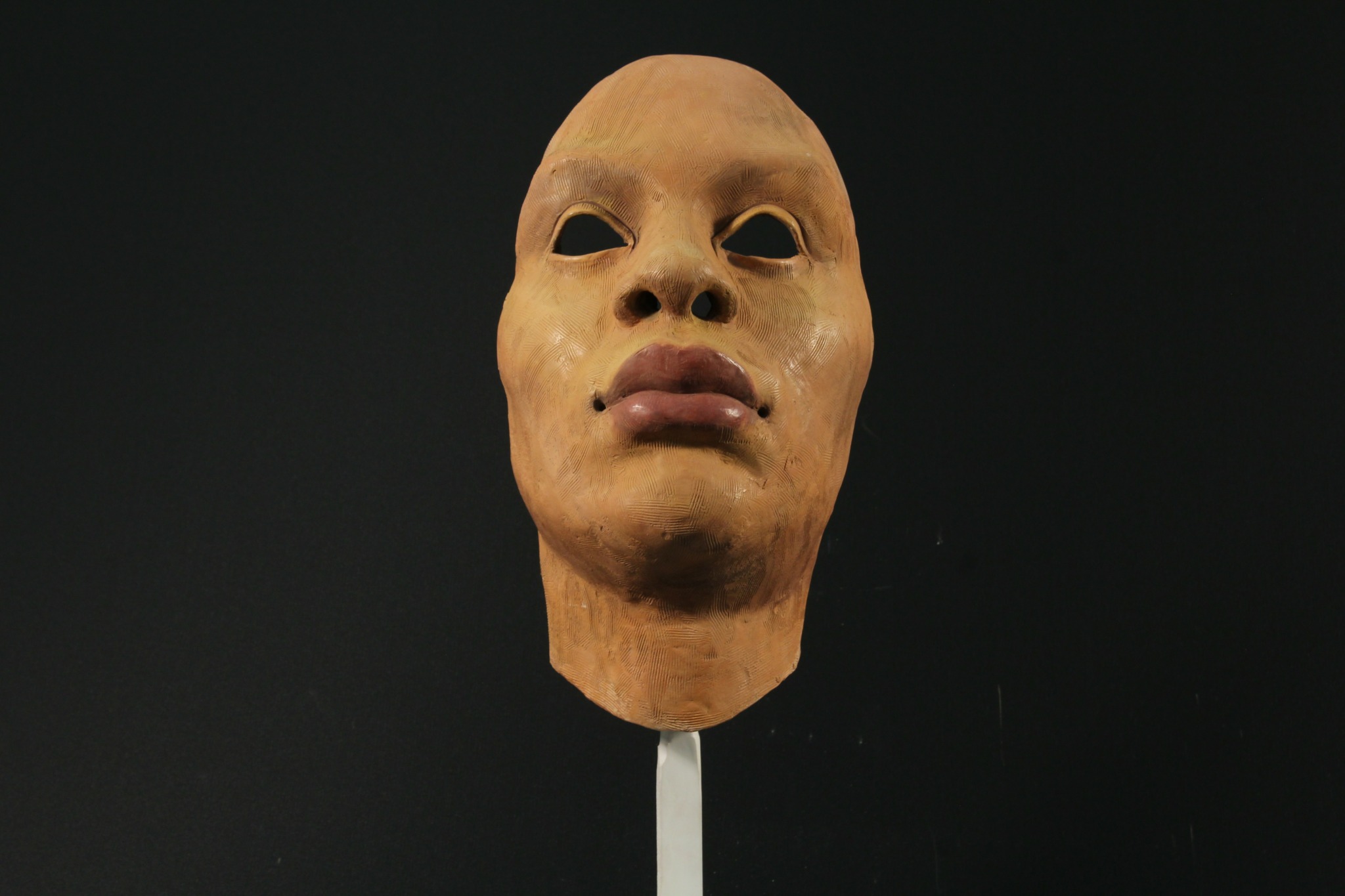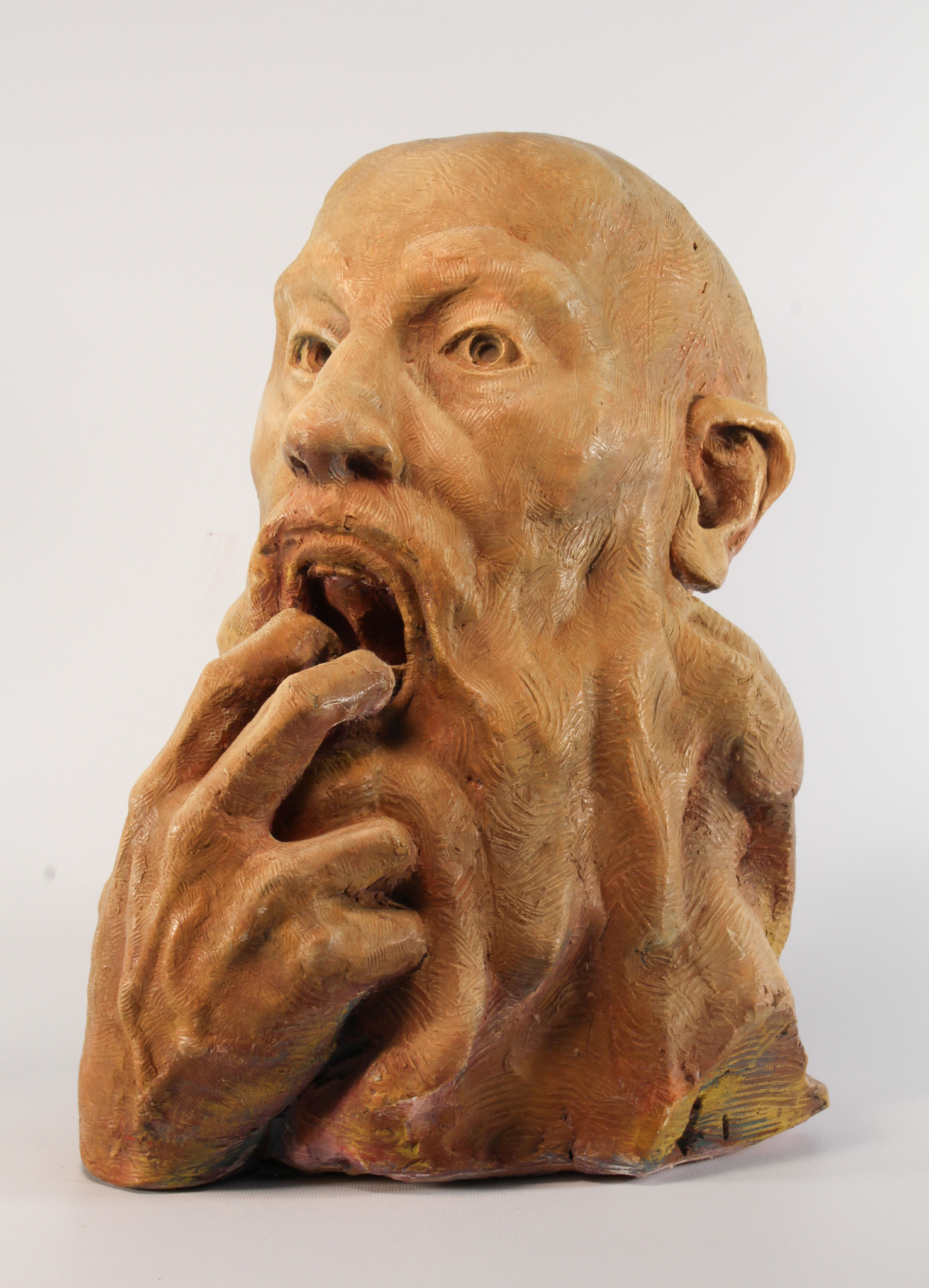We were lucky to catch up with Colin Dawson recently and have shared our conversation below.
Hi Colin, thanks for joining us today. Can you open up about a risk you’ve taken – what it was like taking that risk, why you took the risk and how it turned out?
Moving to New York and attending the New York Academy of Art has been a huge risk and investment in my development as an artist. The price and demand on daily life living in New York and attending the Academy were daunting when making this decision. However, it was one of greatest risks I have taken in life. Being part of the scene where it’s all happening makes your own big ideas seem so much more possible.

Colin, before we move on to more of these sorts of questions, can you take some time to bring our readers up to speed on you and what you do?
I am a sculptor who works with the post-human body and its relationship to historical figuration. I was lucky enough to have an apprenticeship 20 years ago at the age of 15 with an amazing local figurative artist. That began me on a journey of studying traditional figuration that has been expanding into more conceptual figuration found in post-human aesthetics and performance. I believe technology is giving us new ways of rapidly changing ourselves while also creating the feedback loop that reflects our evolving identities. Figurative sculpture is the ground for us to consider how it is that we are changing.

We often hear about learning lessons – but just as important is unlearning lessons. Have you ever had to unlearn a lesson?
I have had regular exposure to critical theory outside of figuration that has helped me unlearn some of the stigma’s that are often carried in figurative art. Looking at artists who figurative work has come out of the performance art of the 70s and the radical approach to figuration in the Italian Renaissance and Hellenistic cultures shows that figuration has always been a ground for innovation. I am thankful for the understanding I have of non-representational art and its expansive approach to exploring human experience.

We’d love to hear your thoughts on NFTs. (Note: this is for education/entertainment purposes only, readers should not construe this as advice)
I think it became clear along the way that NFTs were a trend that not a lot of people were putting faith in. I think it speaks to the bigger issue of being both not afraid of new technologies and skeptical of how they are implemented. New technologies can solves certain issues in production or can serve as new ground for conversation around visual language.
Contact Info:
- Website: https://colindawsonstudio.com
- Instagram: @colindawsonstudio
- Linkedin: Colin Dawson Studio



